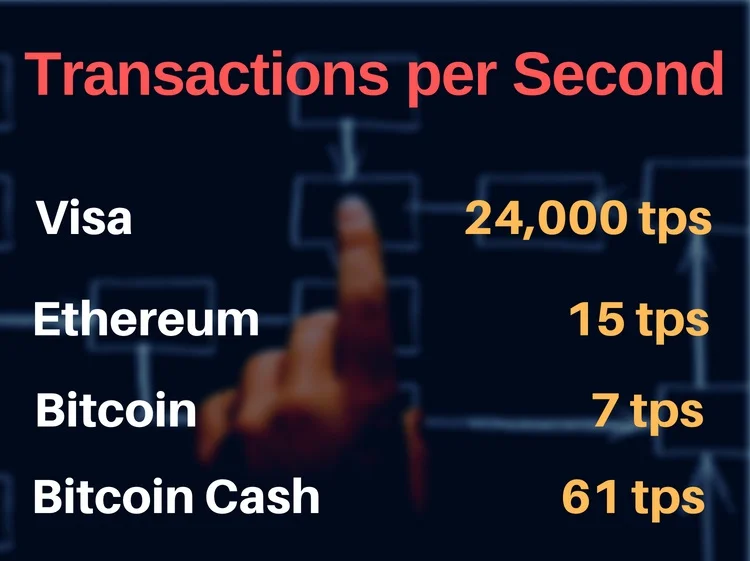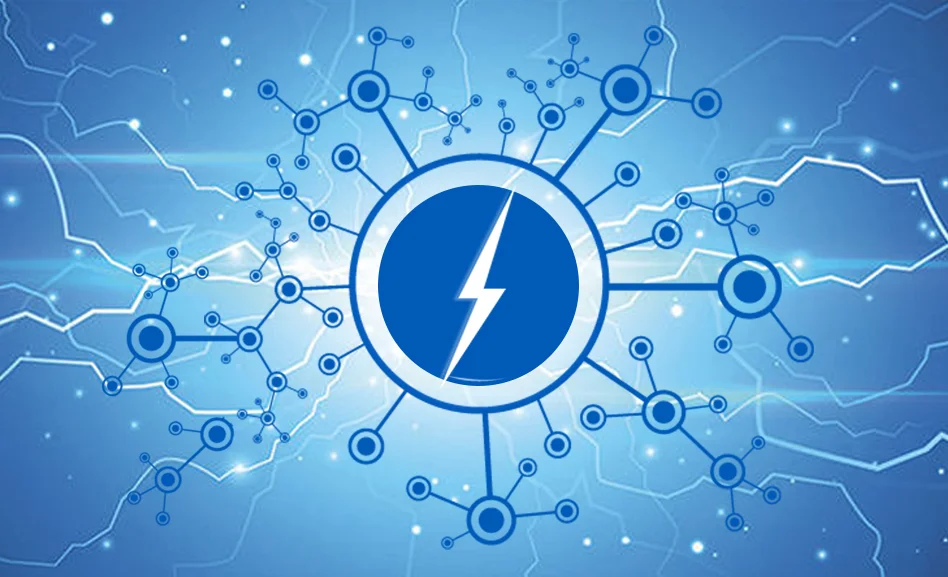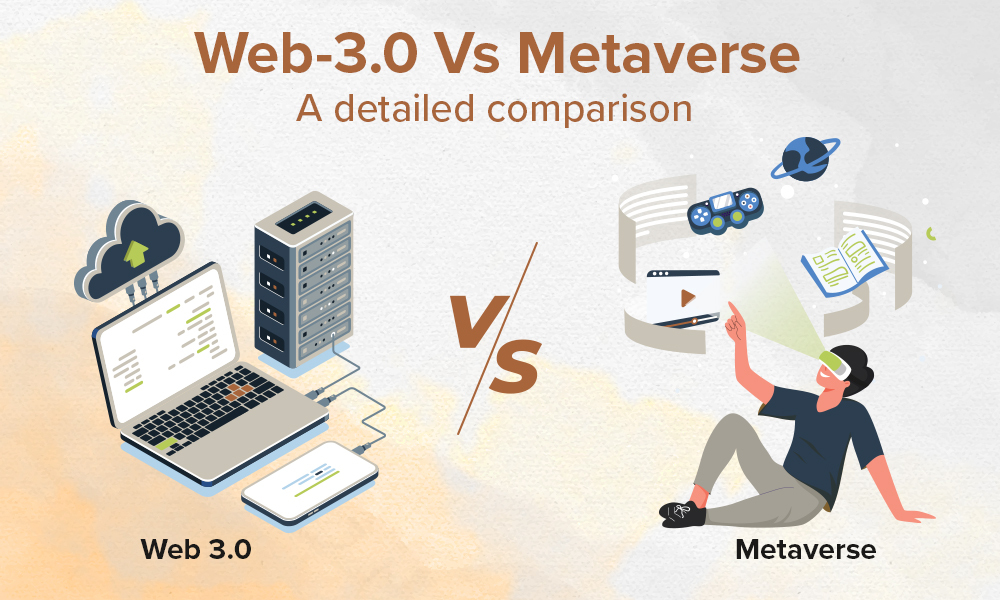When Bitcoin was first introduced to the world by Satoshi Nakamoto in 2008, the first public comment that was made on the system contained a line “the way I understand your proposal, it does not seem to scale to the required size.” After a decade, scalability the biggest problem of Bitcoin and other cryptocurrencies.
How is scalability affecting cryptocurrency adoption?
If cryptocurrencies become a full-fledged alternative of the current payment system, it will need to be faster and more reliable. Looking at the current scenario, the speed of crypto transactions needs a lot to be desired. It is not even close to what the existing system is currently offering. Have a look at the average transaction rates of Visa, Ethereum, Bitcoin, and Bitcoin Cash.

Such a low transaction rate has prevented the mass adoption of cryptocurrencies. Although several proposals have come to improve the scalability, the final solution is yet to be found. However, there is a solution, called Lightning Network, that might just work.
What is Lightning Network?
The Lightning Network is a proposed system built on top of cryptocurrencies which would allow people to send and receive money instantly. The system was launched in the month of March 2018. It is currently being developed by three teams: Blockstream, Lightning Labs, and ACINQ.
The core idea behind Lightning Network to enhance the scalability of cryptocurrencies to make them more useful as a day to day currency. It reduces transaction fees by keeping them off the main network. It also promises to enable millions of transactions per second using a peer to peer network.
How Does Lightning Network Operate?
The lightning network is a multi-signature based smart contract that works in a peer to peer fashion. The transactions performed in the Lightning Network is sent to escrow, and the private signed transaction is made between the participants instantly at nearly zero cost.
To achieve these speedy and cheap transactions, following steps are taken in the Lightning Network.
- Initially, a multi-signature wallet is set up to store the coins.
- The wallet is then saved on the blockchain with the balance sheet (smart contract).
- After this payment channel is set up completely, the participants can make unlimited transactions with the help of a smart contract.
- As the Lightning Network is a multi-sig system, parties sign the updated balance sheet (with their private keys) whenever transactions are made.
- The balance sheet is not uploaded on the blockchain rather both parties keep a copy of it.
All the transactional information is broadcasted on the blockchain when the channel is closed. In this way, Lightning Networks enables us to make multiple transactions outside the blockchain and record them as one.
Now you know how we can make unlimited transactions instantly nearly free.
What are the Benefits of Payment Channel?
Participants on the Lightning Network create payment channels to make transactions. The payment channels allow users to make payments directly instead of broadcasting them on the blockchain. Talking about the benefits, all the users can transact with each other who are connected to the payment channel. Moreover, users are paid for every transaction in small amounts for running these payment channels.
Pros and Cons of Lightning Network
Lightning Network is still under development, and the final version is yet to be seen. Therefore, the system has various drawbacks which need to be addressed. However, the lightning network offers numerous benefits to the users. Let us have a detailed look over the advantages of the Lightning Network.
Pros
Instant Transactions
Transactions are almost instantaneous, and you don’t have to for the nodes to confirm the payment every time.
Low Fees
As the transactions take place outside the blockchain, you won’t need to pay any fees to make the payments. This will open the ways for the coins to be used as a form of payments in grocery stores, restaurants and much more.
High Scalability
Lightning Network is said to be able to make millions of transactions in a matter of seconds. Additionally, the transaction cost would be tiny in comparison to the blockchain.
Cons
Only on Papers
Lightning Network is not completely operational yet. Although the concept looks great on papers, currently, there is no way to analyze the potential of the system.
Peer Failure
The payment channels are closed when all the parties sign the balance sheet. If one peer is unresponsive or offline, the other participants have to wait for hours to close the payment channel.
Less Secure
As the transactions take place outside the Blockchain, the system is less secure than that of a blockchain network, where the miners approve all the transactions.
Lightning Network, still, has a long way to go through. It would be interesting to know whether the system lives up to the hype. However, it will surely be a significant addition to the vast growing world of Blockchain and payments.



.jpg)
